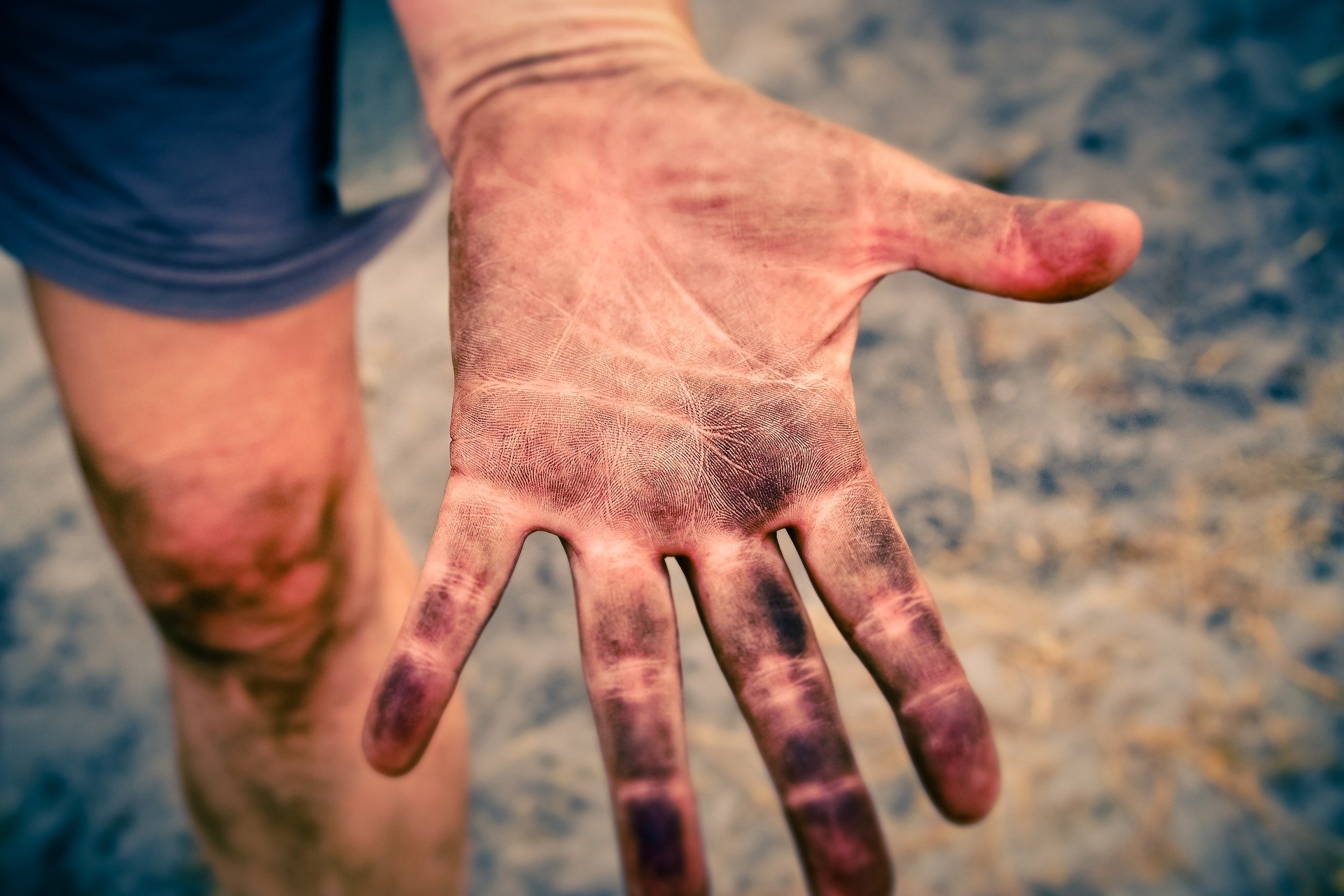Problem
Many people in the world face additional challenges created by limited mobility, physical, or mental impairment. These can make challenges of clean access under Covid-19 even more daunting. How do you avoid touching if you cannot see? How do you interact with the world in a covid-safe way, while also fighting physical impairment?
It is vital that those who face these challenges have access to tools that take into account their needs, reducing transmission risk while still supporting and enhancing the ways in which they interact with the world.
Design Brief
Develop a tool, toolkit, or process that supports those with a physical or mental impairment as they interact with the world in a covid-safe way. There are many different impairments with many different impacts, and we welcome any and all ideas put forward.
General Guidelines
Remember, all solutions should follow the guidelines below.
Solutions need to embody the values of project clean access and, if they’re to be manufactured, should ideally follow the following design guidelines:
- Seal away the transmission site – all devices should in some way enclose or seal away the parts that make contact with potential transmission sites.
- Be simple, robust, cheap to make and use.
- Either:
- make use of common household or workplace items as part of the device, to save on cost and increase accessibility to all. For example, pens and USB sticks with lids to operate access devices and seal away transmission sites.
- OR be manufacturable by locally available technologies
Submission Guidelines
To be efficient with your time and to reduce the burden of paperwork our submission guidelines are as light-weight as possible, including a short overview/description, details of use, and the all important CAD/CAM models. We encourage the use of photographs and images and just enough information to present the design, its installation and operation. Given this, contributions should be a simple email adhering to the following minimum submission guidelines:
- Provide enough information to describe the design (purpose, typical applications, etc), ideally in the form or a short written summary.
- Contain instruction / guidance for use, ideally in the form of photos or videos.
- If to be digitally manufactured, CAM tractable files be provided for reproduction (eg STLs for 3D printing) and CAD tractable files (STEP or IGES) so designs can be customised or further developed if necessary.
All published designs will be made open access and shared with the global community to aid transition to normality post lockdown. By participating in the Clean Access Challenge you consent to the terms of creative commons license CC BY 4.0.
Get involved
If you would like to get involved, get more information, or submit your own ideas for our design repository, send us an email at project-clean-access@bristol.ac.uk

